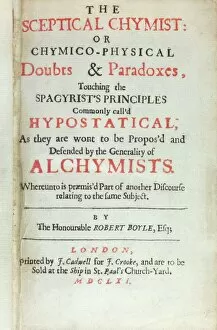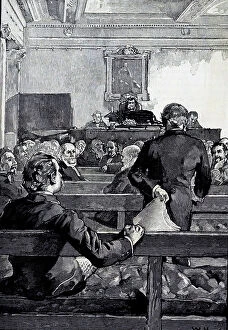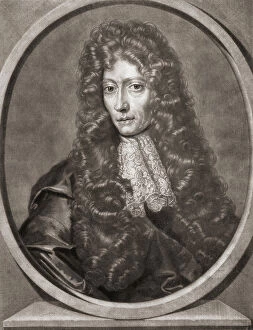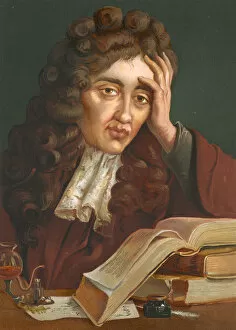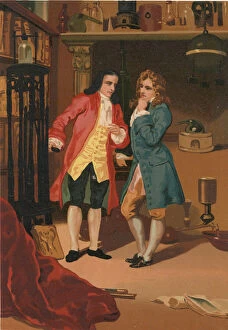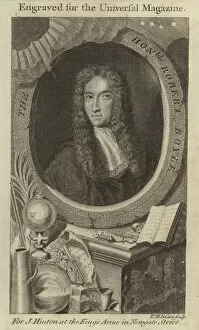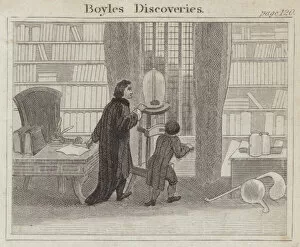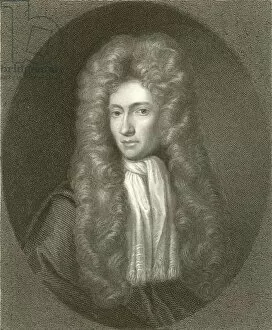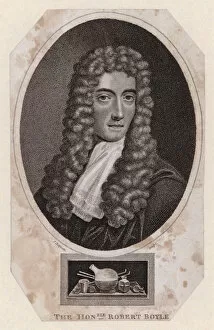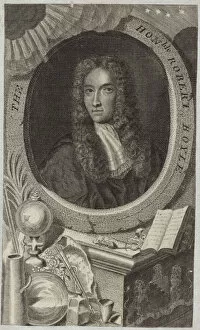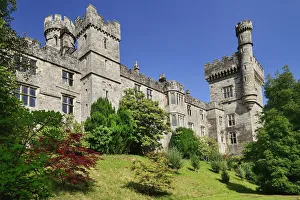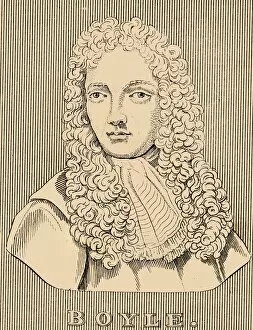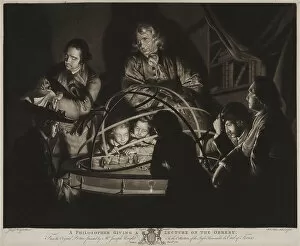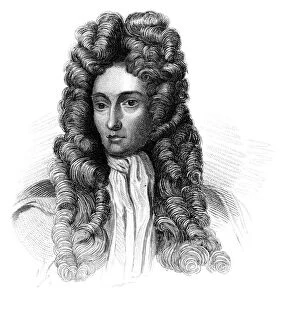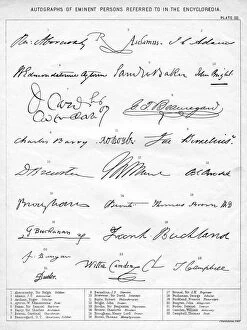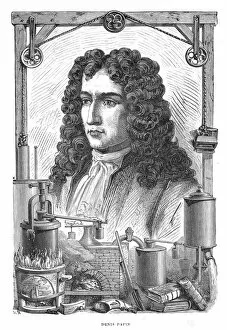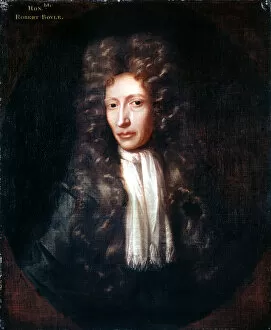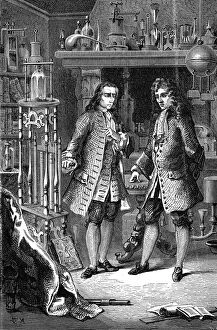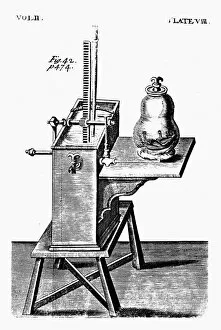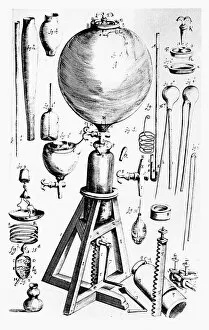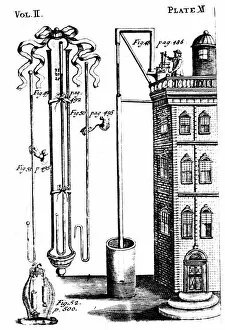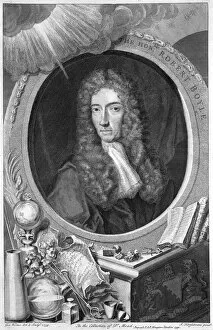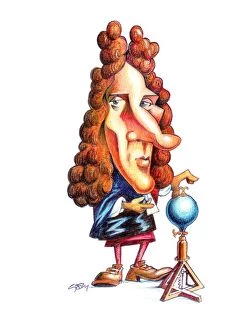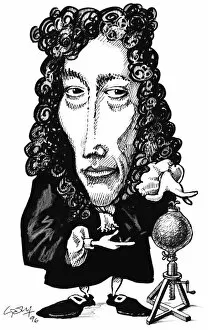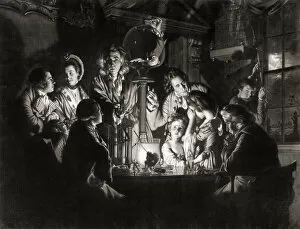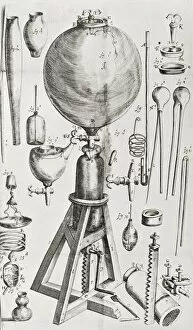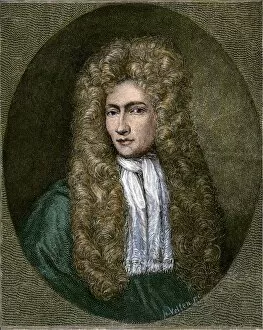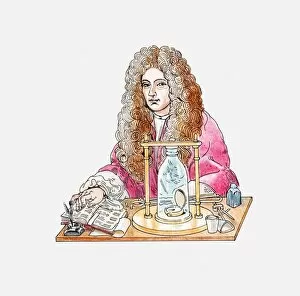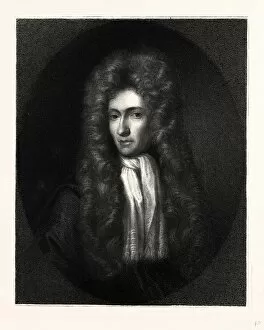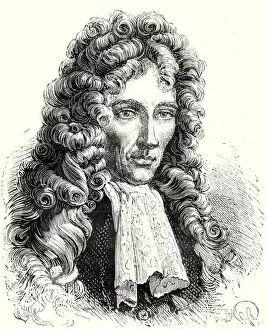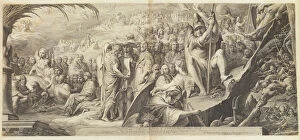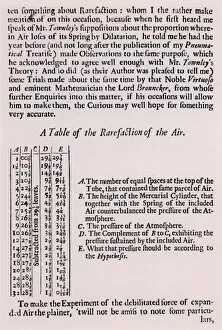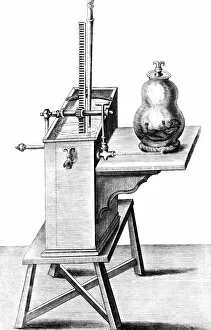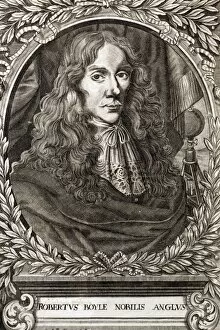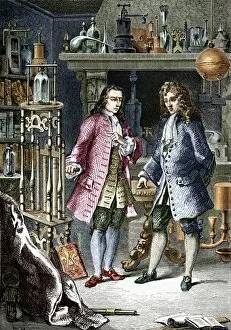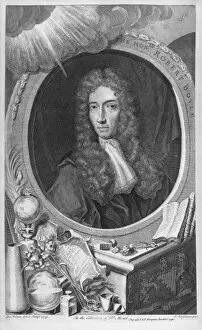Robert Boyle Collection
Robert Boyle, a prominent figure in the field of natural philosophy and chemistry, left an indelible mark on scientific knowledge during the 17th century
For sale as Licensed Images
Choose your image, Select your licence and Download the media
Robert Boyle, a prominent figure in the field of natural philosophy and chemistry, left an indelible mark on scientific knowledge during the 17th century. Known for his groundbreaking works such as "The Sceptical Chymist" and "New Experiments and Observations touching Cold, " Boyle's contributions continue to shape our understanding of the physical world. A captivating portrait captured his essence, revealing a man driven by curiosity and intellectual rigor. Painted with meticulous detail on canvas, this oil painting immortalizes his legacy for generations to come. One notable image showcases Robert Boyle alongside Denis Papin inspecting Papin's steam digester—a device that revolutionized cooking techniques. This collaboration between two brilliant minds exemplifies Boyle's commitment to experimentation and innovation. An engraving titled "The Honourable Robert Boyle" further emphasizes his esteemed status within society. It portrays him as a distinguished gentleman, reflecting both his noble heritage and remarkable intellect. Another engraving aptly named "Boyles Discoveries" highlights some of his most significant achievements. From advancements in gas laws to studies on cold temperatures, these discoveries propelled scientific progress forward. Born in County Waterford, Ireland in 1627, Robert Boyle was deeply connected to his homeland. His upbringing undoubtedly influenced his passion for exploration and discovery throughout his life. In an intriguing depiction from 1830 by an unknown creator, we catch a glimpse of Lismore—the picturesque town where he spent much of his childhood. The serene landscape serves as a reminder that even amidst scholarly pursuits, nature remained an integral part of Boyle's inspiration. Robert Boyle's impact on science cannot be overstated; he paved the way for future generations through relentless inquiry into the mysteries of the universe.

